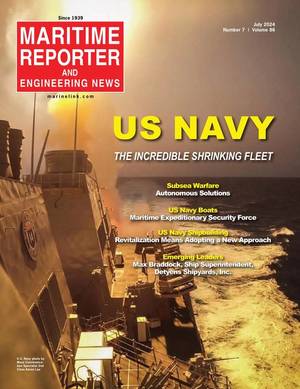SailGP remote umpires call the VAR from afar
Craig Mitchell's team of umpires and Craig Mitchell have had an impact on the SailGP Grand Final this month. With $2 million at stake, each penalty they have imposed during the SailGP season could be a big one.
Mitchell, who is a professional umpire and will be the "rules advisor" for Germany's Olympic sailing team, did not seem to be affected by the pressure he was under as he supervised the New York Sail Grand Prix practice races last month.
SailGP umpiring takes the concept of video assistant referees (VAR) to the extreme.
The software that allows umpires make decisions in seconds regarding incidents on the water, is known as "UmpApp". It uses technology developed originally for the America's Cup to pinpoint the GPS location of each boat within 2.5 centimetres.
"It is the type of GPS you would put in a nuclear bomb." Mitchell said in the control room at SailGP (the league created by Oracle founder Larry Ellison) that the units were military grade.
The umpires are akin to air traffic controllers. They track the race using screens that show colour-coded lines and blobs representing the 10 catamarans.
As the league approaches its season finale on July 13-14 in San Francisco, it has decided to be more strict about penalising collisions in the water due to the time and cost involved in repairing its one-design crafts.
We doubled the number of points because people still hit each other after we added some penalties for contact. "People are now very cautious about approaching each other," Mitchell said.
DISPUTE RELATIONS
Mitchell, who has been umpiring nearly 25 years says that remote umpiring is better because it allows for more accurate calls, easier access to technology and, ultimately, a cleaner environment, as the team, and their equipment, do not need to travel between events.
This is also safer, more comfortable and convenient.
It's dangerous and painful to follow these boats in a boat at 50 knots. Mitchell said that we've moved away from having people in the water and into a booth. He communicates with four other umpires using headsets.
You can look back at an incident instantly, whereas if you are on the water you only see it once and that's it," he said. "You can see an incident immediately, but if you're on the water, you only get to see it once," he said.
The technology can't replace human interaction.
Mitchell said that "the downside is that you don't see the teams... that's what we miss." He added that the umpires provide a video briefing to the skippers and crews when they review the details of an incident.
Tom Slingsby and his Australian crew were involved in one of the most shocking crashes during this year's SailGP. They smashed into a marker buoy head-on. The damage caused to the "Flying Roo" by the reigning champion Slingsby has been heavily penalised.
Mitchell, who equates the role of an umpire with "dispute resolution", said that the damage was so severe, it ended up being 12 points.
The impact of the crash on the leaderboard is evident as they prepare for San Francisco. Australia is in second place with 78 points and 15 behind Peter Burling’s New Zealand team. (Reporting and editing by Ed Osmond; Alexander Smith)



